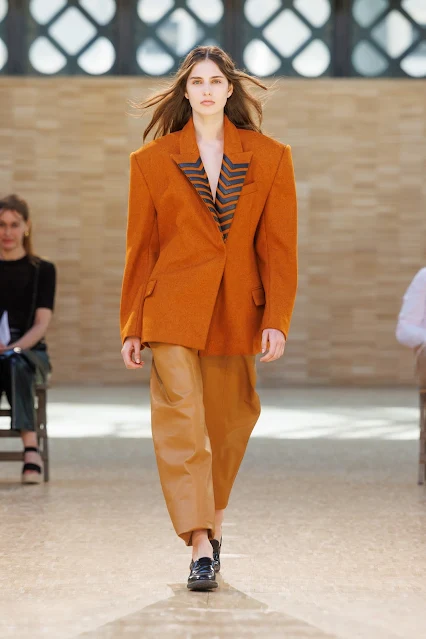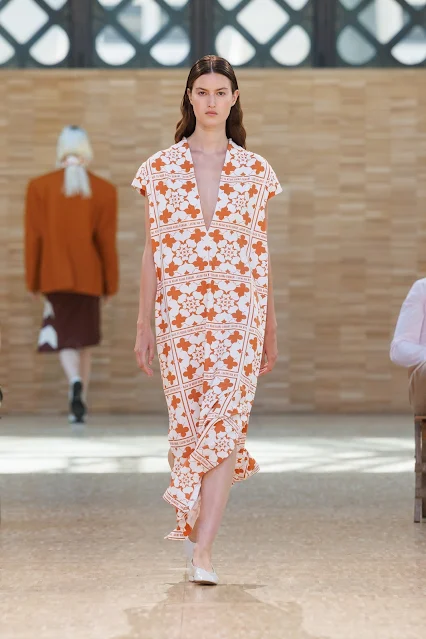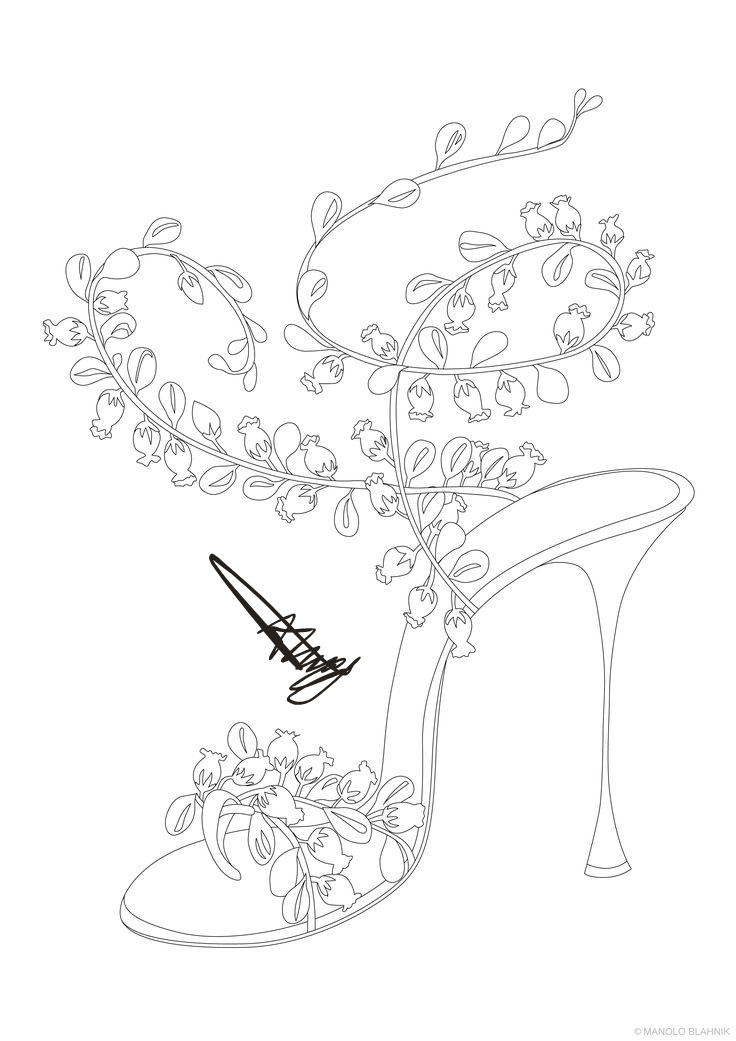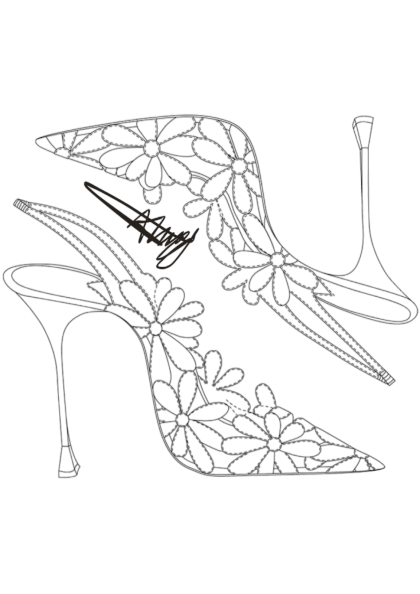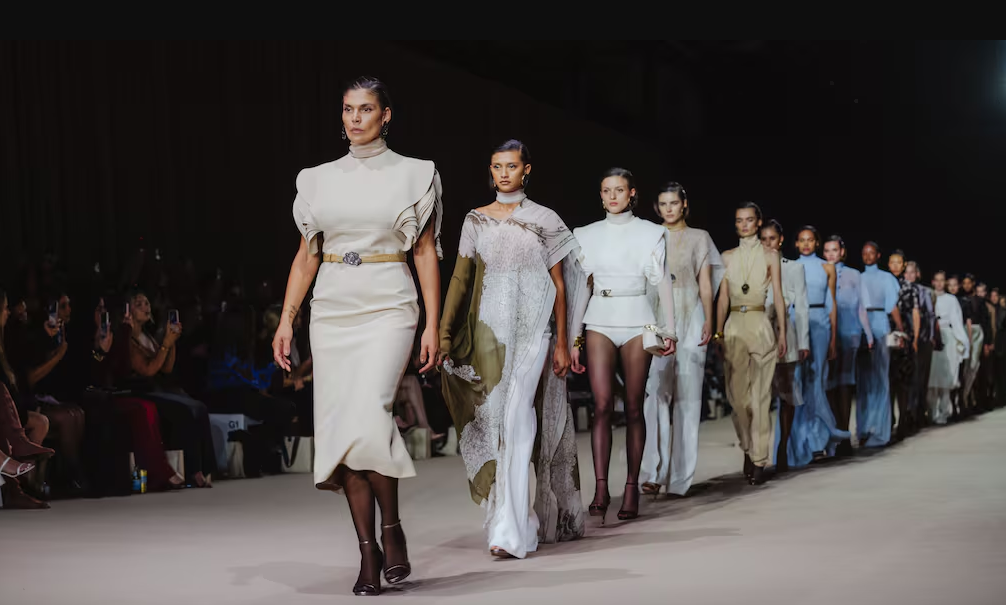Designer Sakina M’Sa returns to Paris Fashion Week with “Purity” and raises the banner of sustainability
After a ten-year absence from the official Paris Fashion Week schedule, designer Sakina M’Sa made a strong comeback with her “The Pure” collection, marking the launch of her new line, M/SA (Makers of Sustainable Aesthetics).
 |
| M/SA Spring 2026 Ready-to-Wear Collection |
M’Sa’s absence from the runways dates back a decade, specifically after the Rana Plaza tragedy in Bangladesh. Deeply affected by the disaster, she booked a flight there, where she worked directly with garment makers and gained a deeper understanding of the fashion production system. Since then, she has been committed to slow fashion, producing only two pieces a year.
But M’Sa said the time “felt perfect” to return with a full collection and set an example. Her collection was presented simply, with chairs arranged in a sweeping circle in the center of the bare Carreau de Temple, devoid of embellishment or affectation. It was, as she described it, "a love letter to both Paris, her adopted home, and sustainable fashion."
Purity Collection: Colors, Structures, and Deep Symbolism
Purity translated into a colorful and bold collection in its structure, form, and pattern. Its key element was the geometric chevron motif, recalling the traditional Haussmann floors of Parisian apartments, presented in cobalt blue, earthy brown, and crisp white. These colors were not merely aesthetic choices; they were a nod to the sea of her native Marseille and to the importance of the land.
Massaa presented structured silhouettes with broad shoulders and extremely loose cuts, a nod to "feminine power dressing" and a message to counter conservative reactionary ideas seeking to roll back women's rights. The oversized silhouettes offered plenty of room for movement, particularly noticeable in the billowing sleeves and wide caftans designed for women, not for the "male gaze."
Sustainability on a Large Scale: A Vision for Growth and Environmental Impact
Masa's commitment to sustainability is evident in its production process. An astonishing 80% of the collection was used in "deadstock," sourced from luxury fashion houses in the UK and France, as well as recycled unsold garments. The remaining 20% was GOTS-certified cotton. With its own factory outside Paris, Massa explained that the collection was clearly designed to be scalable and mass-produced.
In the jackets, for example, it used multiple fabrics to add stretch, and separates were designed to meet anticipated demand. Massa believes that buyers have a crucial role to play in effecting change. "If buyers invest in a brand like ours, we can have a significant environmental impact," she said. "We can change the world—and that's the goal."
Masa'a's ambition is to define sustainable fashion "with joy, with love, with a smile." And judging by the enthusiastic crowd of fans (including luxury fashion executives) who turned out to greet her after the show, it seems she's succeeded.


